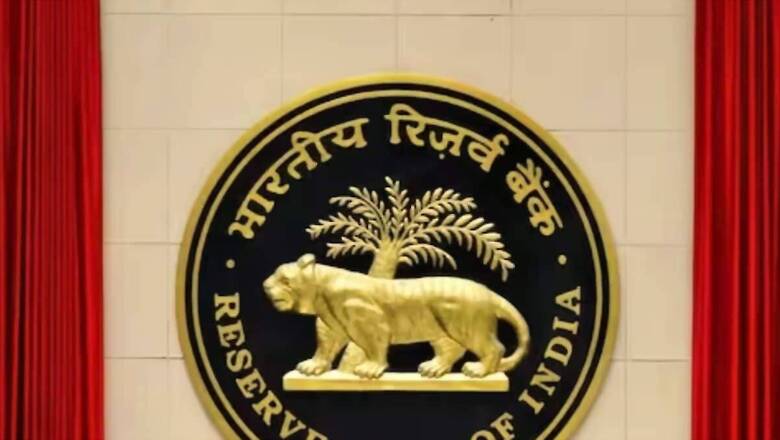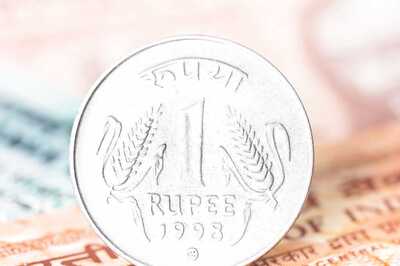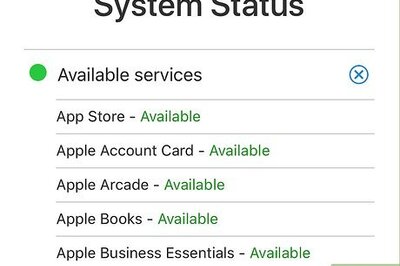
views
The Reserve Bank of India (RBI) on Friday decided to discontinue the Incremental Cash Reserve Ratio (I-CRR), which was put in place to absorb surplus liquidity following the withdrawal of Rs 2,000 currency notes, in a phased manner beginning Saturday.
“On a review, it has been decided to discontinue the I-CRR in a phased manner,” the RBI said in a statement.
On August 10, the RBI mandated banks to maintain an incremental cash reserve ratio (I-CRR) of 10 per cent on the increase in their net demand and time liabilities (NDTL) between May 19, 2023 and July 28, 2023. The measure was intended to absorb the surplus liquidity generated by various factors, including the return of Rs 2,000 notes to the banking system.
The RBI said, “Based on an assessment of current and evolving liquidity conditions, it has been decided that the amounts impounded under the I-CRR would be released in stages so that system liquidity is not subjected to sudden shocks and money markets function in an orderly manner.”
The central bank said 25 per cent of the amount of I-CRR maintained by banks will be released on Saturday and another 25 per cent on September 23. The rest will be released on October 7.
While announcing the I-CRR, RBI Governor Shaktikanta Das had indicated that the provision was a temporary measure for managing the liquidity overhang.
The RBI had announced that the I-CRR would be reviewed on September 8, 2023, or earlier with a view to returning the impounded funds to the banking system ahead of the festival season.
Jyoti Prakash Gadia, managing director at Resurgent India, said, “The gradual release of Incremental CRR by RBI in three phases up to October 7, 2023, is a step in the right direction to optimise the liquidity management process and shall provide the much-needed funds, for banks to lend in the ensuing festival season.”
Gadia added that while the liquidity overhang was prevalent earlier, partly due to the deposit of Rs 2,000 denomination currency notes, prompting RBI to suck out excess liquidity from the system to maintain stability, the RBI has decided to release the liquidity back into the system in a phased manner.
“The demand for credit, particularly retail credit is expected to rise during the coming festival season and this needs to be promptly catered to by the commercial banks. The additional CRR maintained by the banks had directly impacted the ability of the bankers to lend fresh Money and the replenishment of liquidity at the earliest was required. The decision to release the liquidity step by step in three stages up to 1st week of October instead of doing it in one go, however, indicates a calibrated cautious approach of RBI to induct the liquidity while keeping a close watch on the emerging scenario. This can be considered a prudent step at this stage,” Gadia added.
Following the withdrawal of the Rs 2,000 notes, the liquidity with the banks had surged significantly, the I-CRR was aimed to absorb the excess cash.
As much as 93 per cent of Rs 2000 currency notes that were in circulation on May 19 — the day when the currency was withdrawn from circulation — have been returned to banks.
The total value of Rs 2000 banknotes received back from circulation is Rs 3.32 lakh crore up to August 31, 2023.




















Comments
0 comment